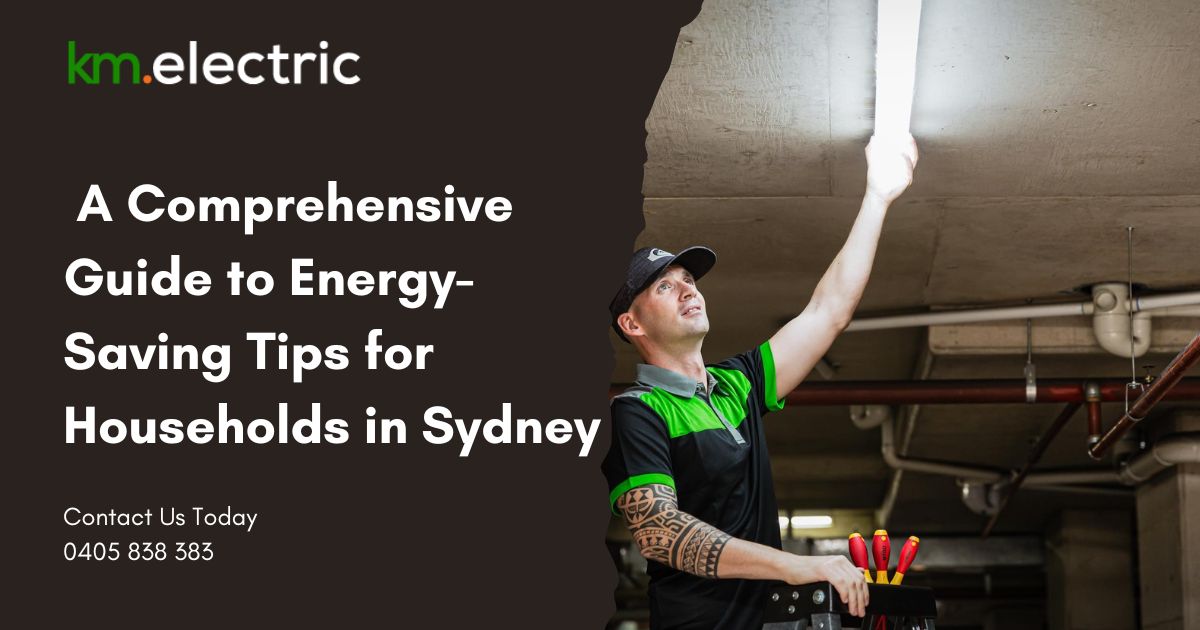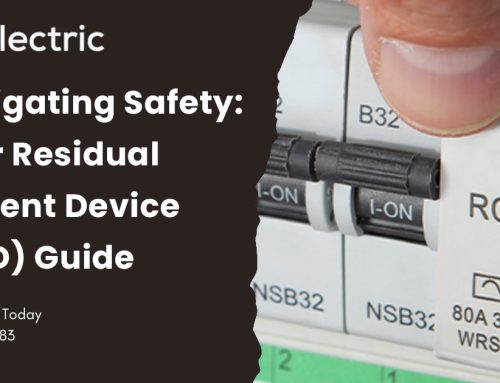The cost of energy consumption and its impact on the environment continually rise, making it essential for households to reduce their energy costs and carbon footprint.
This comprehensive guide, filled with actionable tips and tricks, will help households in Sydney save money and lower their footprint, considering variables such as the house size, the number of inhabitants, the type of energy supplier, and the appliances being used.
1. Reducing Electricity Consumption by Turning Off Unused Outlets and Devices
- Unplug electronics when not in use to avoid standby power consumption. It makes a noticeable difference in energy costs without compromising convenience.
- Use power strips or smart plugs to centralise appliances and devices, enabling easy disconnection from the energy source when not in use.
- Activate and use energy-saving settings on your devices (TVs, computers, gaming consoles) to reduce energy consumption during their operation.
2. Upgrading to Energy-Efficient Appliances
- Replace old appliances with energy-efficient ones featuring the Energy Star label.
- Choose LED or CFL bulbs over traditional incandescent ones to save energy and money.
- Opt for energy-efficient water heaters like heat pumps and solar water heating systems to reduce energy usage.
- Look for devices with energy-saving settings and prioritise energy-efficient appliances with better ratings.
3. Utilising Natural Light and Air Flow
- Install skylights and use daylight instead of artificial lights during daytime hours.
- Use light-coloured walls, floors, and furniture to maximise the reflection of natural light, reducing the need for artificial lighting.
- Adopt natural ventilation techniques like cross-ventilation and stack ventilation by opening windows and doors at suitable times to create an airflow inside the house, decreasing the reliance on air conditioning and fans.
- Opt for energy-efficient window treatments like thermal insulated blinds, shutters, or double-glazed windows to control heat and light without obstructing airflow.
4. Reducing the Use of Air Conditioning and Heating Systems
- Use fans as an energy-saving alternative to air conditioning, and consider ceiling fans to distribute air evenly in larger spaces.
- Service air conditioning and heating systems regularly for optimal efficiency.
- Apply weather stripping and insulation to minimise heat gain during summer and heat loss during winter, resulting in less need for heating and cooling systems.
- Set thermostats at energy-saving settings – in summer, aim for 24-26°C; in winter, set it between 18-20°C. Also, consider installing a programmable thermostat to optimise temperature settings.
5. Customising Your Approach Based on House Variables
- Evaluate your energy consumption based on the total area of the house, the number of inhabitants, the energy supplier, and the types of appliances being used.
- Identify high-energy consumption areas and prioritise energy-saving approaches in those areas.
- Investigate and switch to renewable energy sources like solar panels or consider changing your energy supplier to one with green energy options.
By following this comprehensive guide, not only will households in Sydney significantly reduce their energy costs, but they will also contribute to a more sustainable future. If you need help from a trusted and local electrician in Sydney, contact Ken at KM Electric.




